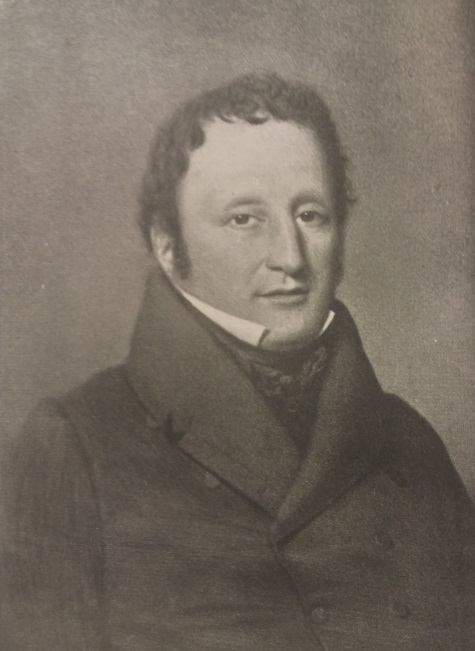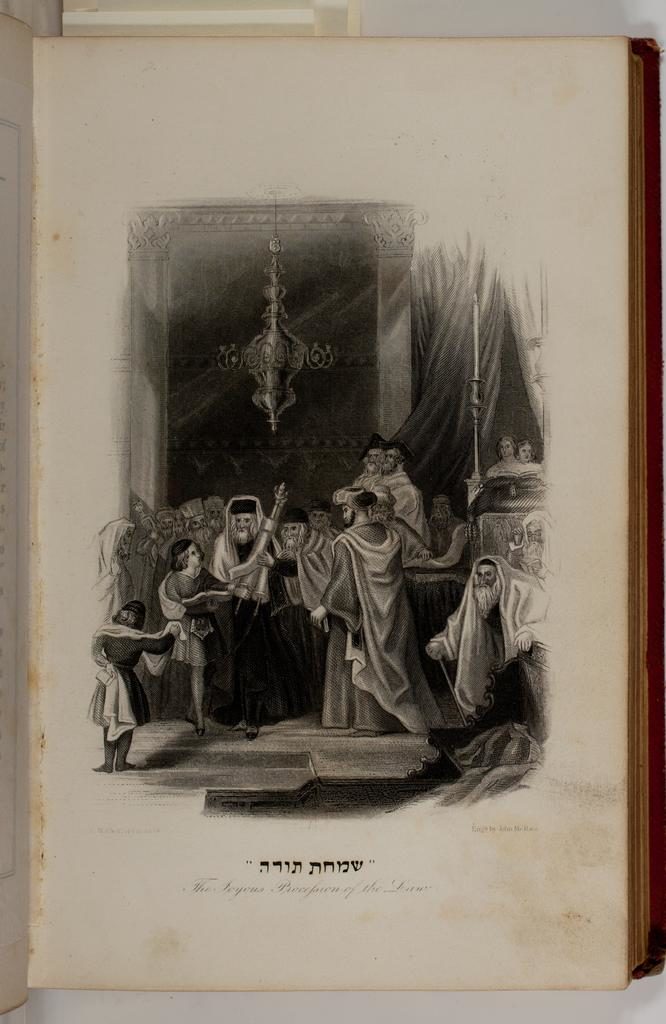Claire Jones, a summer intern from Princeton University, has previously posted about her project centered on Judaica at AAS. This is the next installment in her findings.
I’m not ashamed to admit that I’ve made plenty of mistakes while searching AAS’s online catalog, especially during my first few weeks here, when I was checking dozens or hundreds of entries a day from Singerman’s bibliography against the collection. There’s a definite knack to figuring out what combination of search terms will lead most directly to what I’m looking for—if it’s even there to find—and to deciphering the jumble of terms and abbreviations that make up a catalog record. I thought when I finished compiling my spreadsheet of titles from 1841 to 1876 that it would more or less stay the way it was; really, there’s been quite a bit of deleting entries that I thought were in the catalog when I’d just misread something, or—more exciting—adding new titles when I’d thought something was missing from AAS’s collection when really I just wasn’t looking for it in the right place.
Luckily, the latter happened to me earlier this week. I managed to track down a few presumed-missing works, all of them from an annual—kind of a yearly literary magazine, with poetry, short stories, and illustrations—with the curious title of The Odd-Fellows’ Offering. I’d run into the Odd Fellows briefly during my Judaica work, so I figured that now was the time to start doing a little digging and figure out exactly who these people were.
As it turns out, the Independent Order of Odd Fellows is probably the most delightfully named fraternal order in American history. With members like Ulysses S. Grant and Wyatt Earp, they had a setup along the lines of the Freemasons, but were notable in that they allowed each (male) member to be inducted into the order along with a woman in his family—usually his wife, mother, or daughter—and in 1851 the Odd Fellows actually created an all-female parallel organization called the Rebekahs.
All of this was definitely interesting, but what exactly did it have to do with Judaica? Well, initially it seemed like not much: the Offerings for 1846 and 1848 both contained poems narrating different events in the life of Moses by a brother called Franklin Joseph Otterson, while the 1851 edition featured a story called “The Iberian Exodus.” Nice, but not exactly groundbreaking.
It was another work, this one from the 1852 Offering, that caught my attention and eventually made the whole search about the Odd Fellows worth it. This was the last entry in Singerman’s bibliography from the Odd-Fellows’ Offering, and I was all ready to check it off the list of Judaica titles and move on when I noticed the author of this particular contribution. It was a name that had become a familiar one during my weeks at AAS: Mordecai Manuel Noah.

Truthfully, Noah has been giving me a few problems throughout this whole process. He just doesn’t fit neatly into any one category of writer: most of the Jewish authors I’ve encountered are rabbis or scholars who tend to stay focused on religious material, while Noah’s literary claims to fame are his plays and the newspapers he edited in New York. That wasn’t the most interesting part of his life, though: he was really one of America’s first prominent Jewish public figures. He served in the diplomatic corps under President Madison—apparently his firing under shady circumstances kicked off a firestorm about religious discrimination—and corresponded about Jewish toleration with Presidents Jefferson and Adams. He was also one of the early nineteenth-century proto-Zionists who advocated for a Jewish state in Palestine (more about those views in my post “Reading the Apocalypse”), and, in probably his best-known exploit, he led a group of recently immigrated Jews to establish a colony on Grand Island in the Niagara River in the 1820s. The project was a spectacular failure, but it did give Noah the chance to dress up like Richard III for the ceremony of laying the cornerstone for a never-built settlement.
M. Noah, by all accounts, was certainly an odd fellow. But was he an Odd Fellow? The Offering advertised itself as being made up of works “chiefly contributed by members of the order, their wives and sisters,” which would seem to indicate that Noah did belong to the order, but I couldn’t be sure by this one appearance alone. He was quite a popular writer, after all; maybe they just liked one of his stories. The Odd Fellows also had a whites-only clause in their constitution until the 1970s and boasted members like William Marsh Rice (who founded what’s now Rice University in my hometown of Houston with the stipulation that tuition would be free for all students as long as the school didn’t integrate—lovely, right?), so it didn’t seem terribly likely that they would have welcomed a Jewish member into their midst.

Unsure of what I might find, I searched the catalog for any other work that might connect Noah to the Odd Fellows or the Offering. After a few keywords turned up nothing, I finally found a graphic arts piece called “Joyous Procession of the Law.” I clicked to see the digitized image, and what should fill my screen but a view of the inside of a synagogue, full of activity, with an old man in black in the center carrying what could only be a Torah scroll. This print, the catalog informed me, was from the Offering for 1851—the same issue that contained “The Iberian Exodus”—and illustrated the story “The Joy of the Law” by M. M. Noah.
I had it, then. Not proof, but certainly strong evidence that Noah was a member of the Independent Order of Odd Fellows. It seems only fitting for such a colorful and fascinating figure, and it also sheds a little more light on fraternal orders, an oft-forgotten part of American culture and social history—a history that, as I’m starting to see more fully, includes Jews along with Christians.

The illustration’s caption in Hebrew reads Simchat Torah. This holiday and celebration of the Torah includes joyous processions (and dancing) while carrying the Torah. On this day the end and the beginning of the Torah are read. It will occur this year on 22-23 October.
As a Jewish genealogist, I had not considered AAS for Judaica, but plan to pursue this further. Thank you for your thoughtful posts.